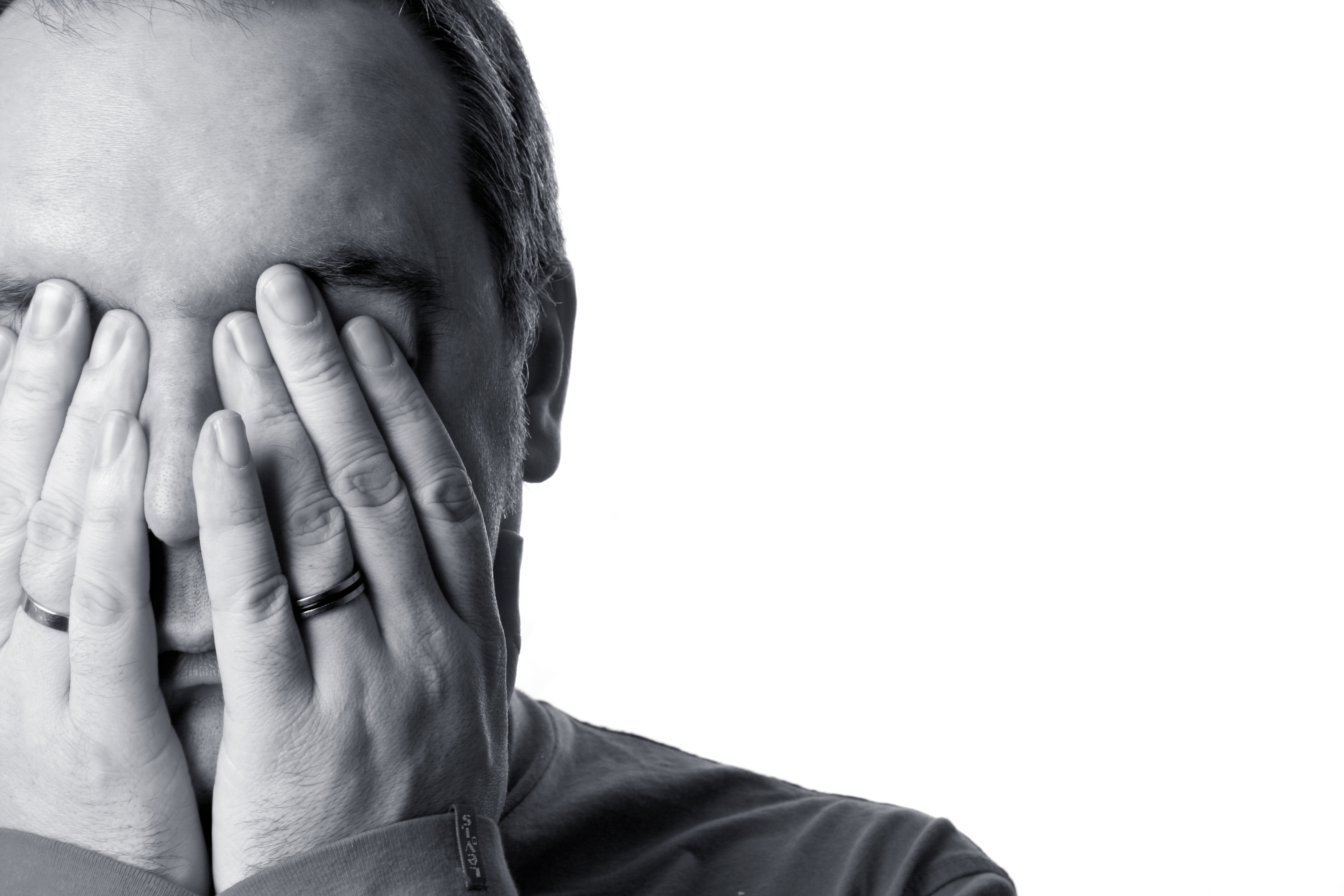
WEDNESDAY, Nov. 11 (HealthDay News) — The tragedy last week at Fort Hood, Texas, where an Army psychiatrist anticipating active duty has been blamed for killing 13 people and wounding 29 others in a shooting rampage, has sharpened the nation’s focus not just on the conflicts in Afghanistan and Iraq, but also on another casualty of war: soldiers’ mental health.
The ruptures wrought by post-traumatic stress disorder, or PTSD, certainly seem more pronounced in the present-day conflicts than in previous wars. But as the nation pauses to honor its soldiers past and present this Veterans Day, experts are unclear whether there is an actual increase in PTSD or just a perception of increase due to more awareness about the condition.
Still, soldiers battling on today’s front lines confront different stressors than in wars past — some of them demographic in nature and some exacerbated by technology that is supposed to bring people together but, instead, can push them apart.
For instance, soldiers serving in Afghanistan and Iraq tend to be older than their counterparts during Vietnam, which means many have spouses and children.
“Most of the people I served with in the Marine Corps during Vietnam, maybe 85 to 90 percent, were young, out of high school, so they didn’t have the pressures of family life, of leaving a family behind, of being responsible for their well-being,” noted Chuck Arnold, who served two tours of duty in Vietnam and Cuba and is now coordinator of the veterans program at the University of Medicine and Dentistry of New Jersey.
Today, Arnold pointed out, many of those older soldiers serve as part of the National Guard, and they have families and those families often suffer “vicarious trauma” that only adds to the soldiers’ own trauma.
This is compounded by the fairly frequent contact soldiers can now have with family and friends back home, thanks to modern technology.
U.S. soldiers in Vietnam got letters from home, but, by the time they arrived at the front line, the news — good or bad — had “softened up,” Arnold said. Today’s troops get news from home — not all of it good — instantaneously via e-mail and cell phone.
“This can add to the stress level,” Arnold said. “[Soldiers] are helpless to do anything. If you call me and tell me there’s a major problem, I’m not concentrating on my job.”
The instantaneous nature of modern life also may hamper people’s problem-solving skills as well, Arnold said. “Everything comes so easy and instantaneous to them, they’re used to getting everything they want when they want it and I think that’s also an issue,” he said. “They don’t know how to struggle and suffer and work through issues.”
This is especially true when trying to work out marriages, he said.
Add to this the fact that many U.S. troops are serving three or four or more tours of duty in combat zones, largely because the nation now has an all-volunteer Army. There aren’t enough shoulders to take on this great a burden, Arnold said.
“We’ve downsized our military, causing people to be deployed much more than they should be,” he said.
“People did get deployed multiple times to Vietnam but I don’t think it was like this. I think that has contributed as well [to high levels of PTSD],” said Keith Young, vice chairman for research at Texas A&M Health Science Center College of Medicine, who also works with the VA Center of Excellence for Research on Returning War Veterans.
More tours of duty mean more chances for PTSD to develop.
“What we’ve learned is that people still continue to develop PTSD in each deployment, so it’s an additive effect,” Young explained.
Once people show signs of severe PTSD, Young said, they usually receive treatment and aren’t sent back to the fighting.
The good news is that awareness of PTSD has increased dramatically from previous wars, and with it a better understanding of the disorder and better treatments.
“We’re much more attuned to PTSD than we were n the past,” Young said.
Arnold added: “Certainly we’re realizing that PTSD is a reality. I don’t know if we grasped that prior to Iraq and Afghanistan. We have more of an understanding of the impact of things. We didn’t realize how trauma impacted us. The idea of trauma is a relatively new one in the mental health field.”
And even if awareness had been better in the 1960s and ’70s, there weren’t any treatments to help, he said.
Now, researchers understand much better what brain processes are involved in flashbacks and other hallmarks of PTSD, said Jack Nitschke, an professor of psychiatry and psychology at the University of Wisconsin-Madison, who has research underway trying to identify brain differences that might explain why some people have severe PTSD while others escape relatively unscathed.
“We have learned a tremendous amount about PTSD and other anxiety disorders, the key brain regions that are involved,” he said. “We’re looking at particular processes involved in anxiety, in the process of anticipating bad things happening … when people are reminded somehow that they’re back in the war theater and that’s leading them to shut down, not to reach out.”
Certain talk therapies have been shown to ease symptoms and help people reconnect, as have some antidepressants, Young said. And there’s a greater recognition of how the family can take part in healing.
“Father comes back and he’s changed. We are very, very keenly aware of the important role that the family plays in the treatment of PTSD now,” Young said.
More information
Visit the National Center for PTSD for more on this disorder.

